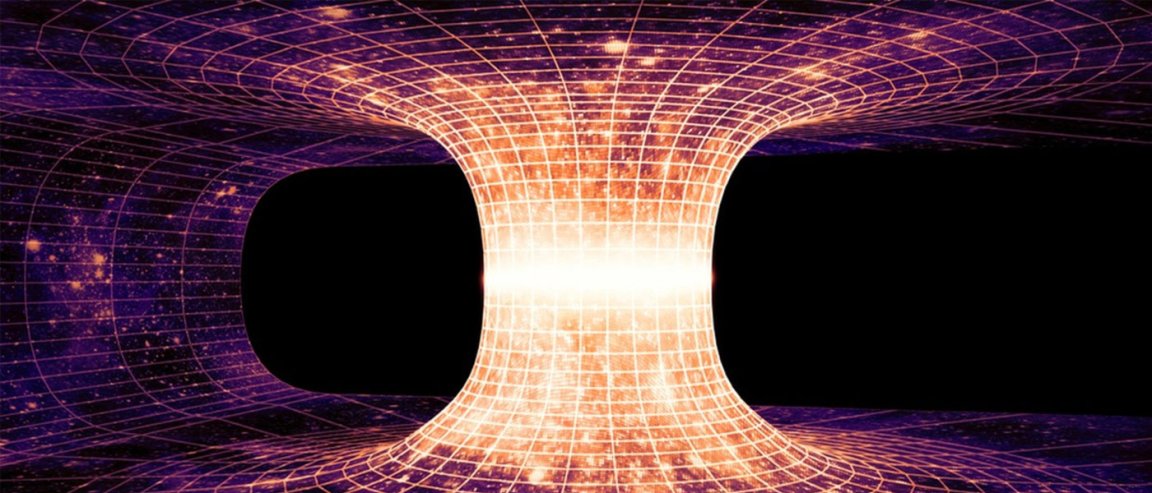
Hearing Things That Aren’t There
Imagine coming home to freshly-baked cookies straight out of the oven, the enticing aroma luring you in. As you walk closer, you hear the sound of classical music playing somewhere in the kitchen. The thing is, there is actually no music playing at all.
It might seem like this instance could be chalked up to just hearing things in your head or off in the distance somewhere. However, this could also be something that 4.4 percent of adults experience: a phenomenon called synesthesia.
Synesthesia is a neurological trait that comes in many forms. Many recognize it personally, from seeing sounds to smelling colors. Pharrell Williams and Marilyn Monroe are just a couple of those who have been reported to possess it. Many have described synesthesia as a “bonus sense.”
But researchers at the City, University of London might have discovered a more common form of the trait – a trait that one in five people experienced in an experiment they conducted. Their work is published in the journal Consciousness and Cognition.
They call it the ‘hearing-motion’ phenomenon. Those who experience it are able to literally hear the movements of objects. “My data suggests there are two kinds of people,” said Elliot Freeman, lead researcher in the study. “Those who generate sounds deliberately and those who get the internal sounds without trying.” The latter belong to those displaying ‘hearing-motion’ synesthesia.
Some people might be able to see a silent fan spinning, but hear a whirring noise. Some may see a desktop screensaver shoot bubbles off screen, but hear the ‘whoosh!’ sound as they go. The video below shows the experiential difference between a synaesthete and non-synaesthete:
Freeman and his team collected 40 participants to test for this trait. They showed a two-part video involving Morse code-like patterns. One contained sound, and the other featured patterns of flashing lights.
Researchers noted if any sounds were heard by participants during this activity. To their surprise, 22 percent did. The experimental video is below:
What Synesthesia Can Teach Us About Ourselves
The second part of the experiment involved audible sound, using similar rules. What the researchers found was that those who performed well during the first part of the experiment actually performed worse on average on the second part. It could be because participants found the flashing lights coupled with mismatched sound distracting. But this experiment will allow them to follow up with additional research using a larger sample size.
With a larger sample size involving a diverse group of participants, scientists would be able to pinpoint specific traits in those who experience ‘hearing-motion’ synesthesia. This could also hep us to learn more about the specific brain processes behind sensing things that aren’t actually there.
As humans, it’s interesting to find out more about what we might be experiencing in everyday life outside of our peripherals. With these findings, there must be more that goes unnoticed. While studying the human body and its processes seems concrete and straightforward, it is incredible how much there is still to learn.